How to Spot the Best LED Lights. Hint: They Aren’t All Created Equally.
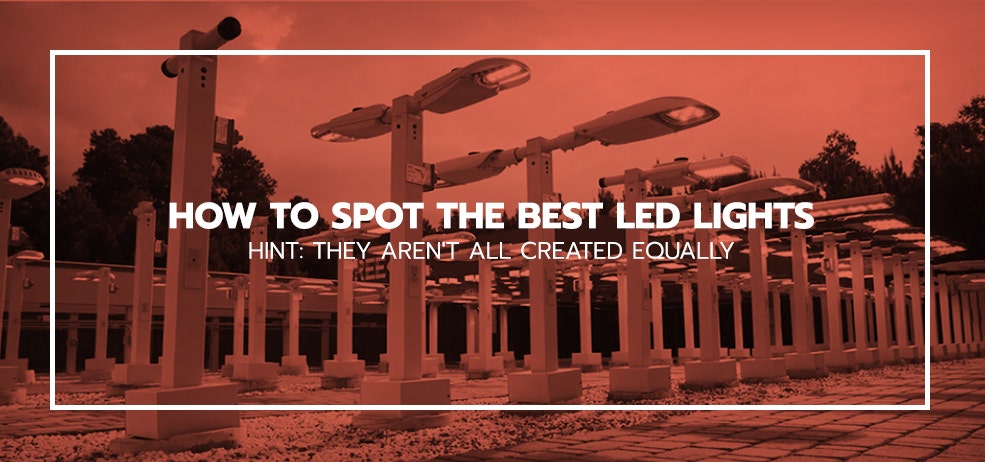
The best LED lights aren’t always easy to find.
Why?
All LED lighting isn’t tested equally.
Maybe you’ve been there. You get a call from your client, and he’s upset because the area lighting you installed just a few months ago stopped working. Or worse, it flat-out broke. He’s been a customer for a while, but you can tell he’s starting to doubt your expertise.
But it isn’t your expertise that should be doubted. It’s the lighting manufacturers who make all sorts of claims about their products that just aren’t proven.
Let’s face it:
Replacing bad lighting costs time and money. And think of your clients; it could mean a stop in operations and productivity, especially in 24/7 operations like warehouses.
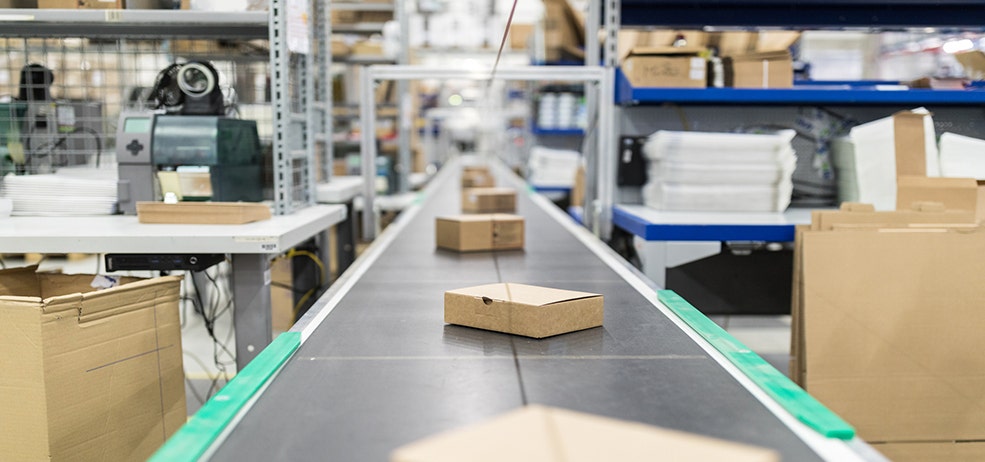
Or it could mean less safety in parking lots or garages, which results in fewer customers.
Lighting must be tested – extensively – to make sure it operates the way it’s promised to.
The best-performing fixtures should last tens of thousands of hours. Once everything’s been properly tested and certified, it eliminates the guesswork. Meaning, you don’t have to worry about getting that call from your client, let alone worry about your professional reputation.
How do you know if your lighting’s been tested? Look for the certifications, either on the product box or on their website. (If they don’t have a website, that’s Red Flag #1.)

The Most Reliable LED Lights Have These Third-Party Certifications
Add these to your checklist:
- Look for lighting with a UL logo on the packaging. That means that the largest independent safety company in the world decided that the product is, well, safe to use. No shocks, no surprises.
- Tests to make sure products are in line with North American safety guidelines. It’s one of the fastest growing certifications and can be found on millions of products. In sum, a great mark to bear.
- Your go-to certification for commercial lighting; it’s all they do, which means they have very high standards, from quality to energy efficiency to warranty. In fact, a product must have a 5-year warranty to earn a DLC recognition. If a product isn’t “DLC listed” or “DLC approved,” it means it either failed to meet their qualifications, or it just wasn’t sent in for testing at all. (Hmmm.)
Here’s the thing about certifications:
Each time you send in a product for testing, like an LED flood light or dusk to dawn light, it costs money. How do many lighting retailers cover the extra costs? By marking up the prices of their products.

The solution? Look for the lighting retailers who have testing facilities on-site.
They’re usually the lighting companies who have long standing reputations, not one of those pop-up, fly-by-night retailers.
Not to mention, testing to ensure you get top quality LED lighting takes time. And the longer a product takes to get to market, the more money a retailer loses in sales. Which could potentially mean they go out of business.
And there goes your warranty.
An On-Site Testing Facility? Now We’re Talkin’
A lighting retailer with a testing facility on-site cuts testing costs and time by about fifty percent.
The result? Lower prices, more sales and stability, plus – most importantly – guaranteed honored warranties for you, the customer (and yours).
Bottom line:
Any lighting retailer worth its salt should put each lighting product through its paces. Here’s eight tests you want to make sure your LED lighting has survived:
Thermal
- This kind of testing simulates high heat and humidity environments, making sure that lighting withstands the temperatures they’re promised to. It also tests the heat of the driver to be sure the fixture won’t over heat and fail in the field.
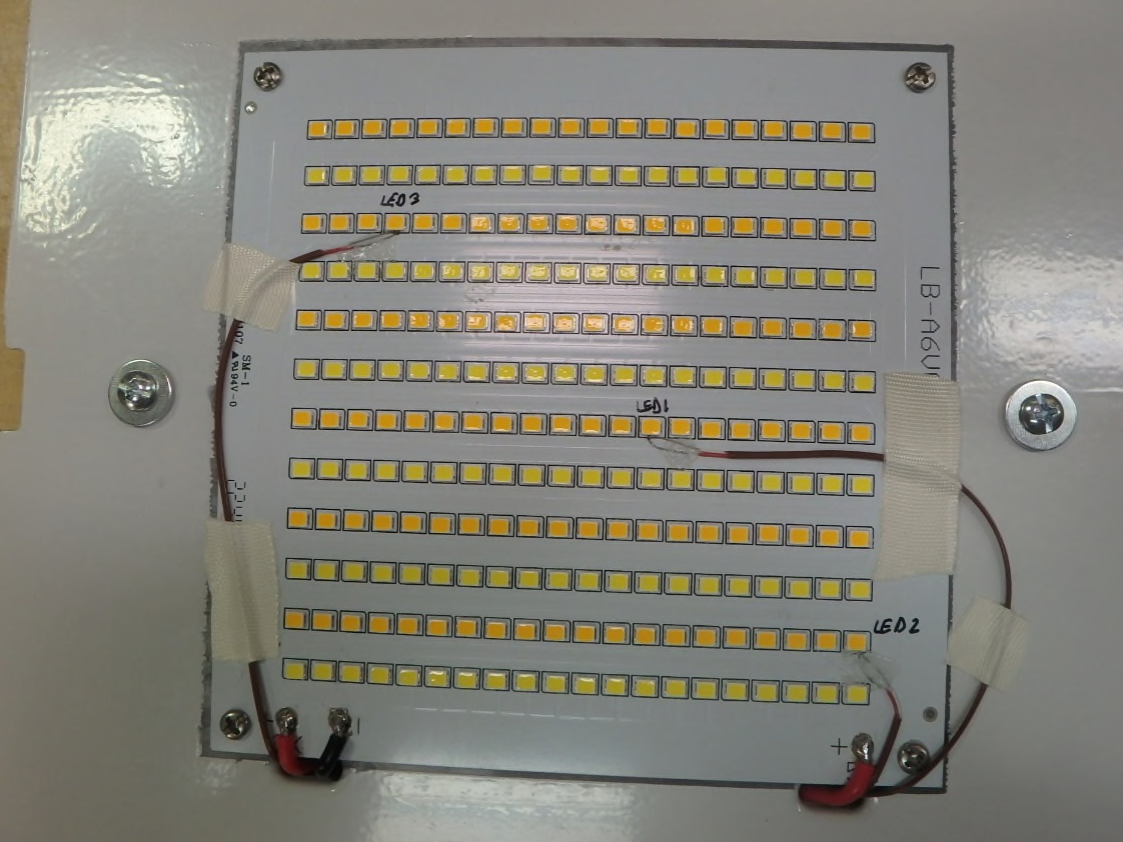
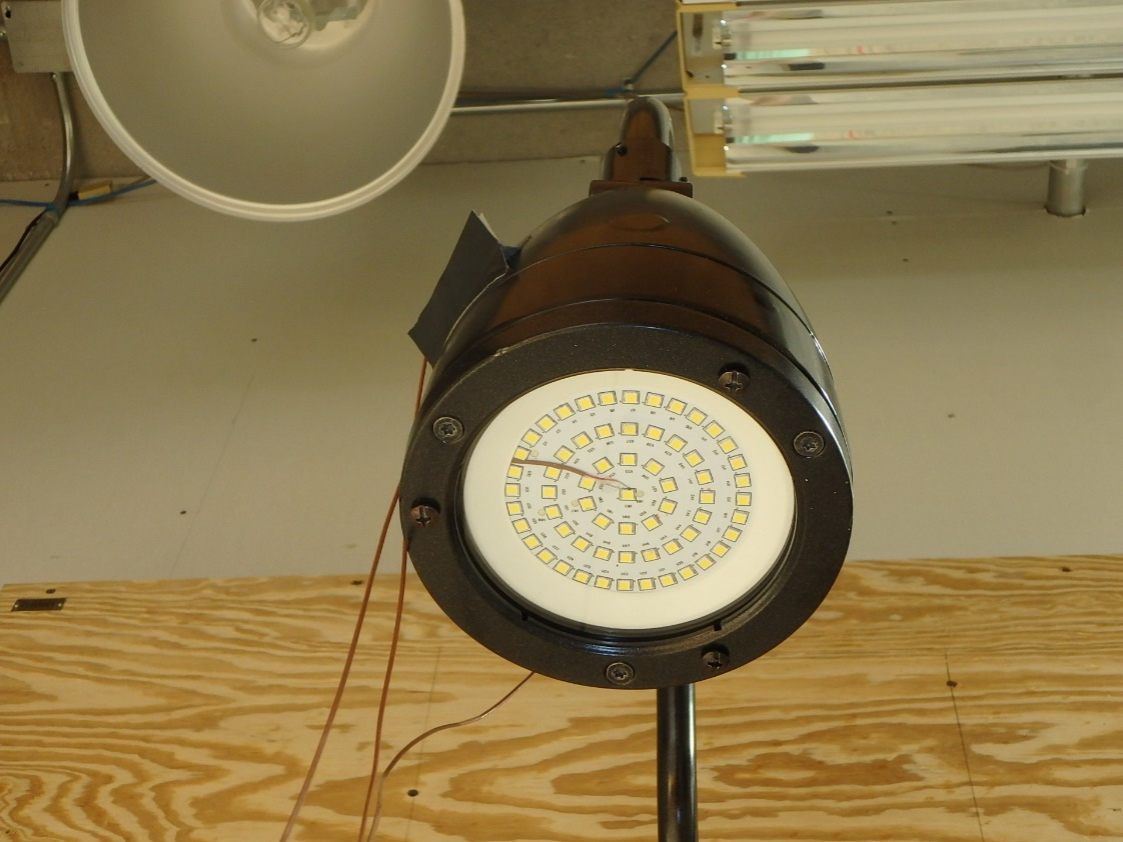
Photometry
- Makes sure light is directed where it’s supposed to go, using a goniophotometer. This ensures you aren’t wasting light by putting it where you don’t need it, such as excessive up-light in outdoor lighting or overall poor light distribution.
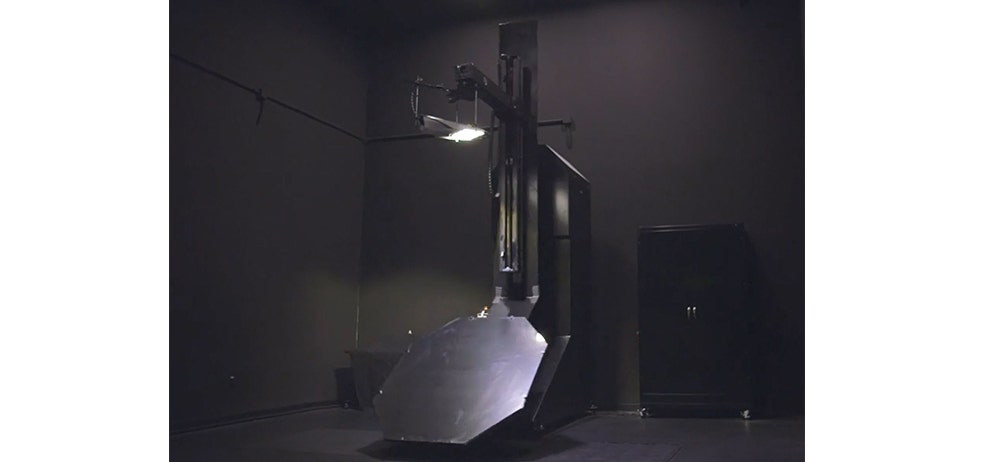
Rain
- Makes sure products are sealed so tightly that no water can seep inside and cause a hazard. It’s mostly used for outdoor fixtures, to make sure they brave the elements.
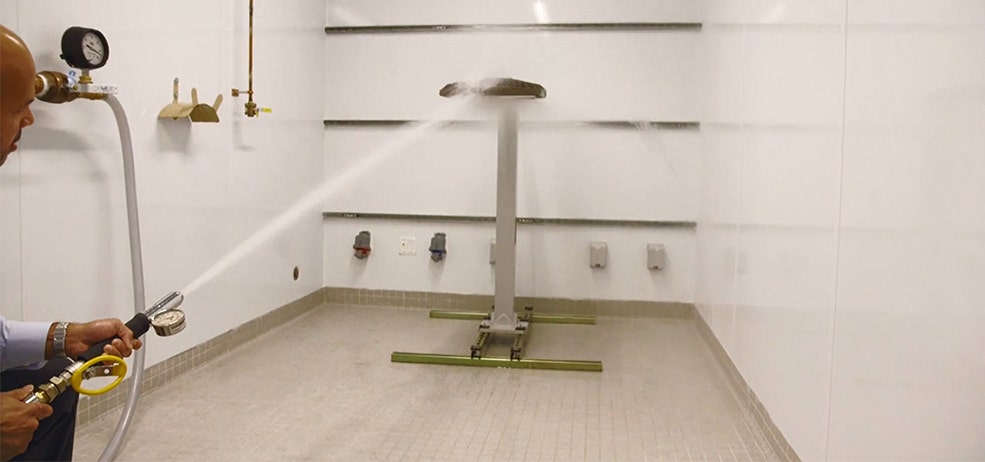
Linear Vibration
- Makes sure outdoor products on poles stay in place when exposed to vibration or movement.
Electrical input/Min. And Max. Voltages
- Makes sure the voltage on the product is as-advertised. Also, it ensures the temperature of a product stays where it should.
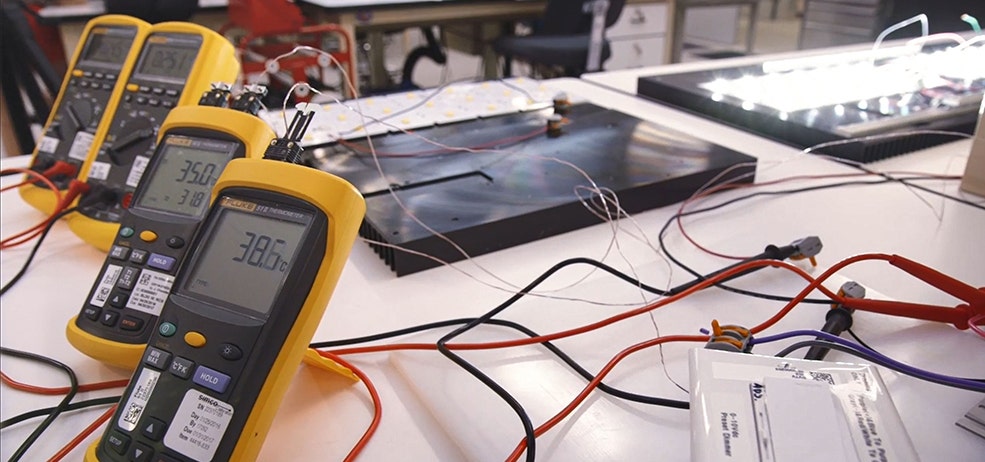
Reliability lab (indoor/outdoor)
- Tracks performance over time to make sure everything’s up to standard.
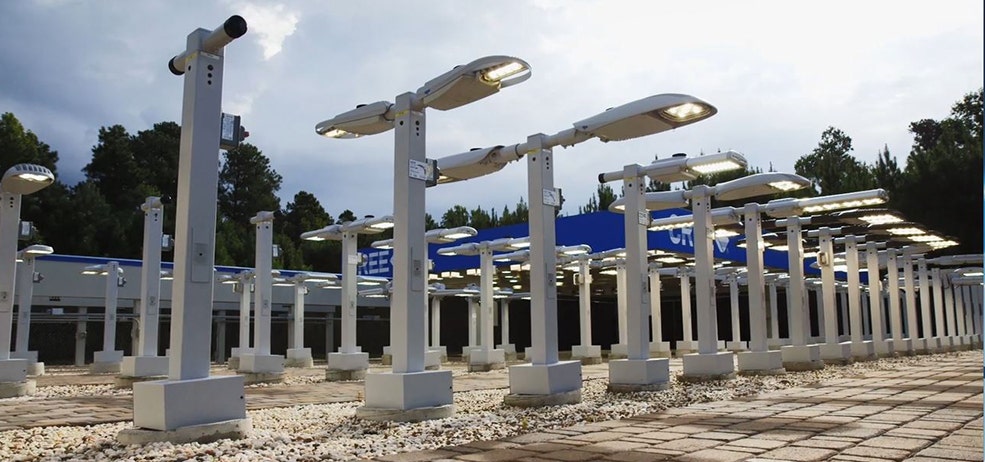

Remember those companies we mentioned earlier that have their own testing labs on-site?
We’re proud to say that e-conolight is one of them.
Because we complete our testing efficiently and without the extra costs involved, it’s one of the (many) reasons why our products are more affordable than the other guys’.
Plus, we’re part of Cree Lighting, a world-class leader in lighting; our products go through the same rounds as theirs.
And if any product, from decorative lights to outdoor security lighting, doesn’t pass one of our applicable tests in any stage of production, a) it never sees the light of day—if, by day, you mean our website—only the leading LED light fixtures live there; and b) you’ll never have to waste your time repairing and replacing it.
We know lighting is one of the many things on your plate each day. Which is why you can rest assured –tried and tested (literally) – that ours won’t let you down.

